|
One day, two summers back, I was walking around Mount Olivet Cemetery, taking scenic images for our website. While out and about, my curiosity was suddenly piqued by a well-aged, marble monument containing a tremendous amount of text carved on its face. The gravestone was about 3-foot tall, and appeared to have been the recipient of numerous repairs over the years. I could made out a few dates, and what I thought was the decedent’s name—William A. Von Steinman. When I got back to my office, I looked up William Von Steinman in our network interment database. I found basic vital information such as birth and death, but more importantly found an entry in the notes section that read as follows: Born in New Orleans, LA. Occupation: Professor of Music at Frederick Female Seminary who studied under of operatic singer Gilbert Raoul di Palma. The death records of the Evangelical Lutheran Church, Frederick, Md. recorded his full name (Prof. W. H. Von Steinman), age (39y2m), death date (Dec. 30, 1882) and burial date (Jan. 4, 1883). I thought it was ironic that this professor had been born in 1843, the same year the Frederick Female Seminary was originally opened. I immediately performed a Google word search on Gilbert Raoul di Palma (a name that also appears on the face of Von Steinman’s tombstone) to gauge his importance in the history of opera, thinking this could be a neat tie-in for a future blog story. Sadly, I found nothing. I then pulled out the heavy “research guns,” and began scouring online/digitized newspapers of the 19th century to see if Gilbert Raoul di Palma had taught and/or performed in the United States, likely in New Orleans. Then “Bingo!"— I had hit the “history geek researcher” jackpot on my first try. The top Google entry included not only di Palma’s name, but also that of Von Steinman! This article appeared in the Philadelphia Inquirer edition of January 6, 1883. I soon learned two fascinating things about my subject: Mr. di Palma and William Von Steinman were one in the same; and this enigmatic man (with fancy monikers) was not only a mystery to me, he (and his true identity) had been at the center of a larger puzzle and subsequent police investigation at the time of his untimely death—he had died at the age of 39 while traveling on a train between New York City and Philadelphia.  Leipzig Music Theater Leipzig Music Theater The Inquirer article was a Godsend, and told me everything I needed to know—well almost everything. I found that the story of William Von Steinman was run in newspapers in New York City, Chicago, Buffalo and even Racine, Wisconsin. Although I couldn’t find funeral coverage in any of our available local Frederick papers, I did find an article in a New York offering, reprinting a story that first originated here. (I’ve inserted at the end of this story). I wanted to go a bit further, yearning to learn three things, in particular: 1.)What was the exact timeline of Von Steinman’s life in reference to residences?; 2.)Why/how did he come to Frederick and the town’s seminary?; and 3.) Why is he buried in Mount Olivet as opposed to other locations? There was no “Big Easy” in trying to find details of the early life in New Orleans of one William Von Steinman/Gilbert di Palma. I couldn’t find any di Palmas in census records (1840’s-1870’s), as the closest match was a Gilbert Detour of French descent, aged 17 and living in the Fifth Ward of New Orleans in the 1860 US Census. In the dwelling next door, I found a James Dejour from Sicily. In an 1850’s New Orleans’ newspaper, I found the name of a Hermann Steinman attached to a political petition of support for a certain candidate. I could not put my finger on Gilbert di Palma’s assumed Italian roots, or the Bohemian influence inflicted by his step-father resulting in his name change. As can be seen by the Inquirer article, this individual spent time in Europe, attending what would become the Music Conservatory in Leipsig, oldest in Germany, and receiving piano instruction under the great Carl Tausig (1841-1871), Franz Liszt's most esteemed pupil. Europe was certainly a better option for the Von Steinman family in the decade of the 1860’s, as opposed to spending time stateside in New Orleans during the turbulent time of the American Civil War. The first tangible census record on our mystery man comes in 1875 with the New York State Census taken in that year. Mr. Von Steinman can be found living in Albany, New York as a boarder in Ward 7. His listed profession is that of music teacher, but his birthplace is shown as New Orleans, but rather Germany. Perhaps his birth in New Orleans was just a technicality as his parents (or simply his mother) was simply traveling through at the time. I started thinking that the professor either came from tremendous wealth, or was a total sham, taking fancy names suitable to propel a fledgling career as a successful music teacher/musician. Apparently, this time period included Von Steinman petitioning the New York legislature to have his name legally changed back to Gilbert di Palma, again, a great self-marketing ploy for an aspiring tenor. I deduce that the professor’s time in Albany ranged from late 1874-mid 1877, as many local newspapers articles and advertisements mention him often in relation to concert performances. I did find that he had been hired to teach music at another school prior to his tenure in upstate New York. This occurred in 1873, as his employer was the Goldsboro Female Seminary, located in New Bern, North Carolina. I had to smile in finding this tidbit, because the earlier mentioned Baron Christoph Von Graffenried was the founder of New Bern in 1710—the first Swiss settlement in the New World. Anyway, I digress (as usual). 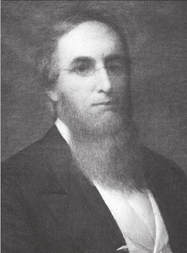 J. H. Hackleton (1817-1877) J. H. Hackleton (1817-1877) The Hackleton Connection Further investigation showed me that William Von Steinman came to Frederick in the summer of 1877, in preparation for the upcoming school year in the employ of the Frederick Female Seminary—a fact that could have been learned earlier had the gravestone been more legible. It was a melancholy time for the Frederick institution, preparing for its 35th academic year of existence. The previous April, the school’s principal, James Harvey Hackleton, suddenly expired one week after celebrating his 60th birthday. Professor Hackleton had come to Frederick in 1873 with an impressive resume. Along with his wife, Maria (Williams) Hackleton, a noted professor in her own right, the Maine natives had previously administered like female seminaries in his home state and schools in the South, most recently in Memphis, Tennessee. Upon Principal Hackleton’s death, Maria assumed her husband’s chief leadership role at the institution. The transition was reported to have been quite smooth, and Mrs. Hackleton would remain in this position until 1885, aided by her two daughters, staff members of the Frederick Female Seminary who would marry into local Frederick families (McPherson and Parsons). Maria Hackleton would move to Greenville, South Carolina and continue her profession as principal of the Classical School for Young Ladies. 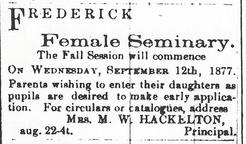 In an article appearing September 17th, 1877 in the Frederick Examiner newspaper, Mrs. Hackleton received praise for bringing Professor William Von Steinman onto her staff. It seems that the new music teacher’s reputation had certainly preceded him. Thus began Von Steinman’s four- year stint at the Frederick Female Seminary, where he soon became beloved by students and fellow citizens alike. I presume the young man meant a great deal to Mrs. Hackleton as well, as he likely did much to enhance the prestige of the school, while also bolstering the skills of Hackleton’s daughters, who appear to have had musical talents and aspirations of their own. 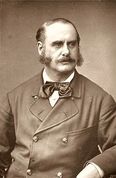 Col. Mapleson Col. Mapleson From the newspaper articles, I assume that William Von Steinman left the school, or took a sabbatical in fall 1880 to follow his perceived true dream as a professional musician. He became part of the Royal Opera Troupe led by Col. James Henry Mapleson, an English opera impresario and leading figure in the development of opera production, and the careers of singers in London and New York City in the second half of the 19th century. The company gave autumn and spring seasons at the New York Academy (10 weeks in the fall and 5-8 in the spring) and toured, appearing regularly in Philadelphia, Boston, Detroit, Cincinnati, Chicago, Cleveland, Buffalo, Syracuse and Albany. Other cities included St Louis, Baltimore, Washington, Pittsburgh, Toronto and Indianapolis. Mapleson’s continental repertory was fairly standard and featured operas by Italian composers such as Donzetti, Rossini and Verdi as well as translations of works by the likes of Gounod, Bizet and Wagner. So this explains the years of Von Steinman’s life during 1881 and 1882.
Mount Olivet Superintendent, Ron Pearcey, and I recently ventured out to make a rubbing of the gravestone, with the hope of gleaning more of the text content that couldn’t be read by the human eye—or at least mine. We were able to find that under his arching name of William A. Von Steinman (at the top of the stone), the following information is included: Born in New Orleans in 1843 Performed under the name of Gilbert Raoul di Palma Professor of Music at the Frederick Female Seminary from Sept 1877 to Nov 1880 Died while traveling from New York to Frederick January 3, 1883 Erected by his Grateful and Devoted Pupils in June 1899. Even with the rubbing we couldn’t decipher a biblical passage. We also note here that the death date of January 3, 1883 is incorrect, as it was actually December 29th (the time of the discovery aboard the train). January 3rd is likely the day that proper identification was made, however, the official Pennsylvania death certificate gives December 30th as the death date of Gilbert Raoul di Palma. I found a few remembrances of Professor Von Steinman in later papers. In 1889, an advertisement announced that a benefit concert was being planned to raise funds to place the fitting grave monument for the former music teacher. This would eventually become a reality nearly a decade later in 1897.
8 Comments
Jocelyn Wetzel
1/7/2018 08:45:57 am
Very interesting, but way before my time on earth. Worth the read.
Reply
Pat Barron
1/7/2018 11:17:30 am
Another outstanding and informative article, Chris. Thank you for the continuing education about Frederick County.
Reply
Mickey McKnew
1/7/2018 10:23:23 pm
This the 2nd article that found it's way to my page and I have found both well researched and interesting. Our little town is chock full of all these fascinating bits and pieces and it is fun to see how things all connect. Thank you for doing all the investigating and presenting a cohesive story.
Reply
Marjorie Pittinger
1/8/2018 11:50:32 am
"Count Chocula" - you are too much!!
Reply
1/10/2018 12:39:36 am
I have very recently moved to Frederick from Tucson Az, and very interested in Frederick History. Really enjoyed reading your article. Would like to see more.
Reply
Rita Gordon
1/25/2018 12:54:04 am
Chris, I may have additional information about this man and his
Reply
Heather Davis
1/25/2020 10:26:53 am
Why was he found in the closet? Would that be the water closet?
Reply
Russell Beaton
1/26/2020 07:30:12 am
This article is very interesting and informative. The commitment to in-depth research is obvious and it is no surprise given other projects and publications that Chris Haugh has been involved in! Well done! Looking forward to other articles and posts!
Reply
Leave a Reply. |
STORIES
|
Archives
July 2024
June 2024
May 2024
April 2024
March 2024
February 2024
January 2024
December 2023
November 2023
September 2023
August 2023
July 2023
June 2023
May 2023
April 2023
March 2023
February 2023
January 2023
December 2022
November 2022
October 2022
September 2022
August 2022
July 2022
June 2022
May 2022
April 2022
March 2022
February 2022
January 2022
December 2021
November 2021
October 2021
September 2021
August 2021
July 2021
June 2021
May 2021
April 2021
March 2021
February 2021
January 2021
December 2020
November 2020
October 2020
September 2020
August 2020
July 2020
June 2020
May 2020
April 2020
March 2020
February 2020
January 2020
December 2019
November 2019
October 2019
September 2019
August 2019
July 2019
June 2019
May 2019
April 2019
March 2019
February 2019
January 2019
December 2018
November 2018
October 2018
September 2018
August 2018
July 2018
June 2018
May 2018
April 2018
March 2018
February 2018
January 2018
December 2017
November 2017
October 2017
September 2017
August 2017
July 2017
June 2017
May 2017
April 2017
March 2017
February 2017
January 2017
December 2016
November 2016

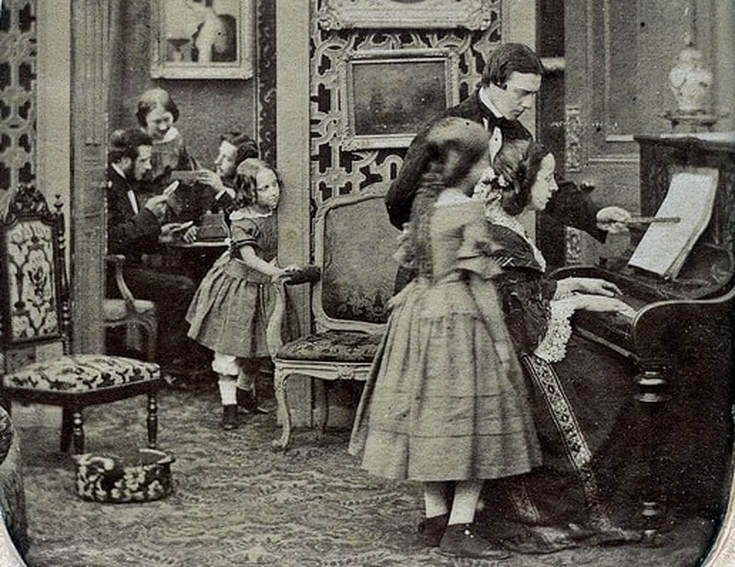
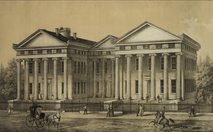
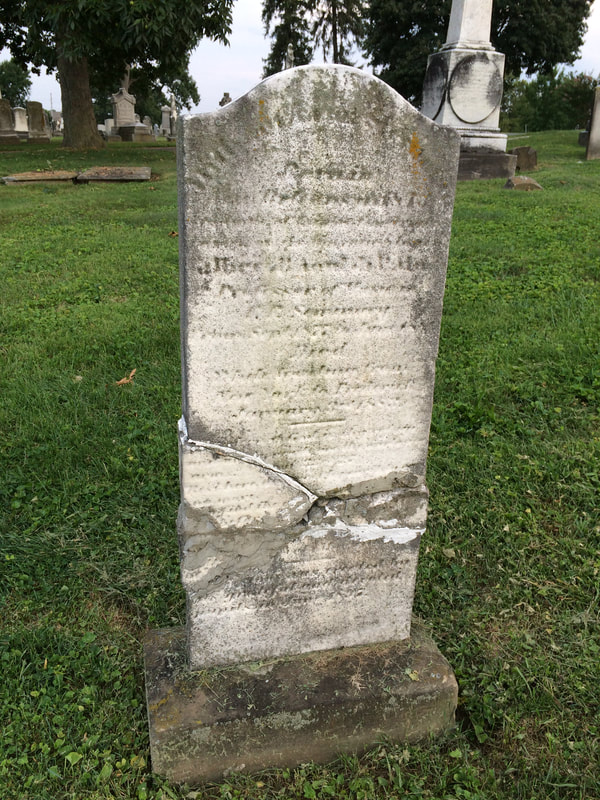


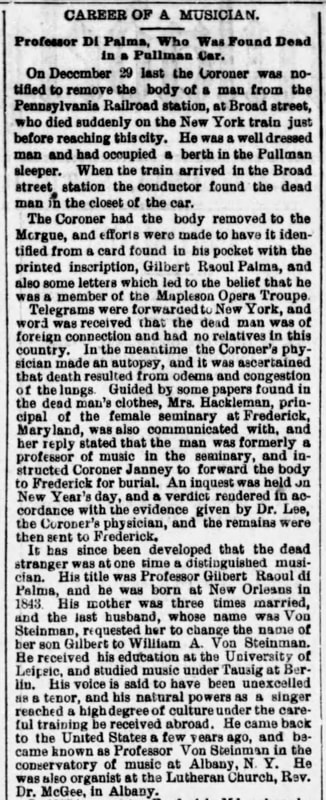
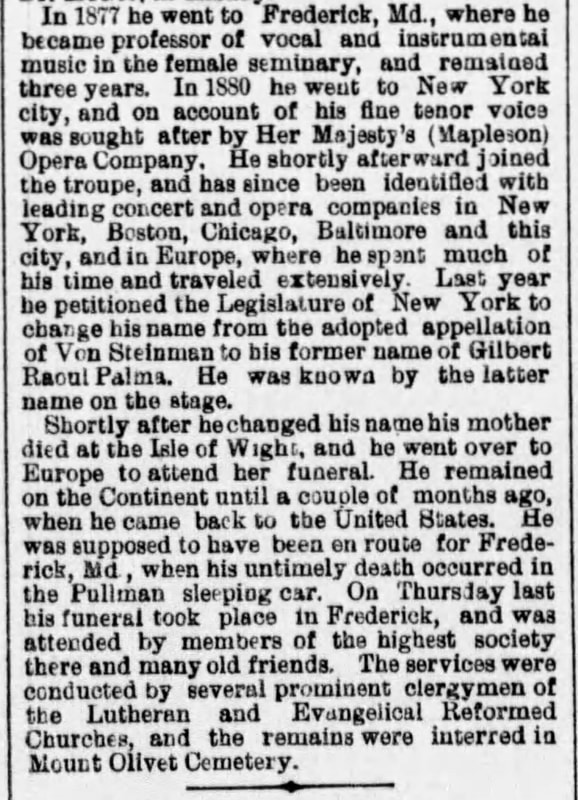
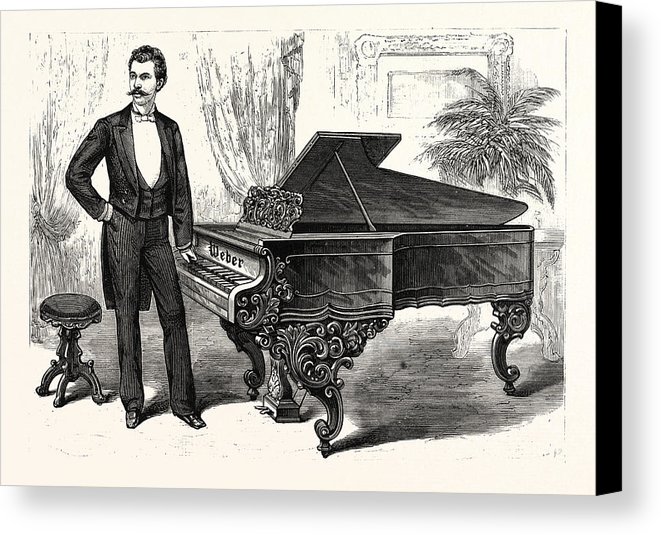

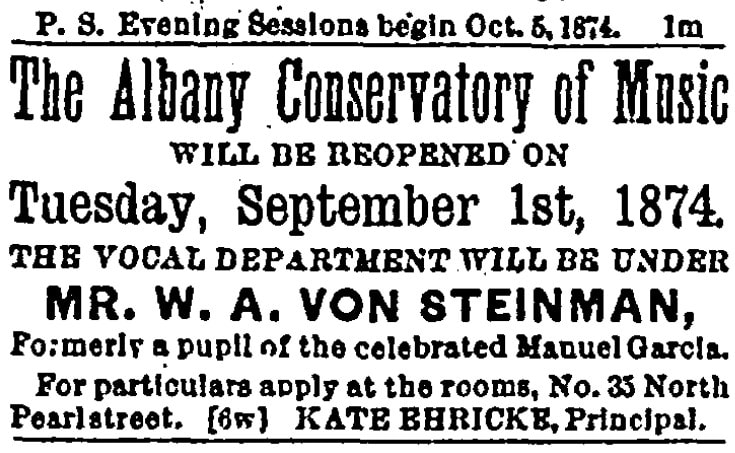
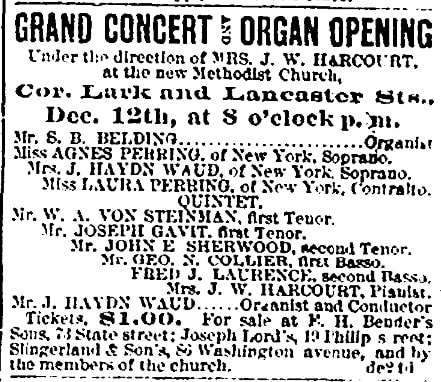
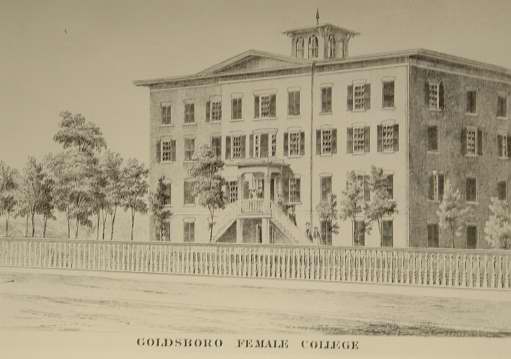
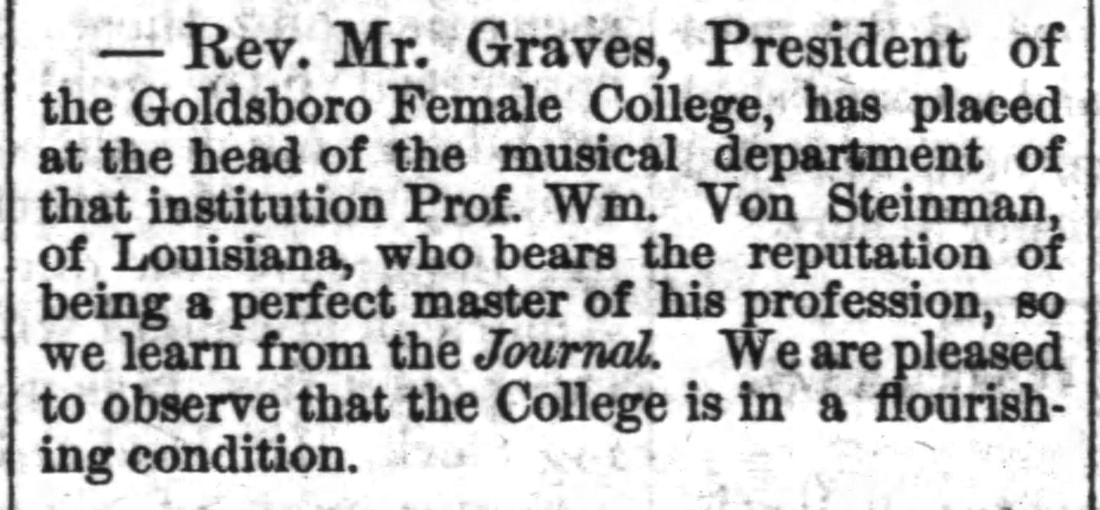

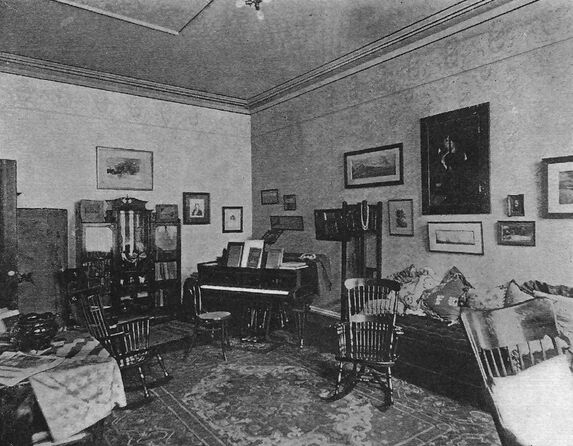
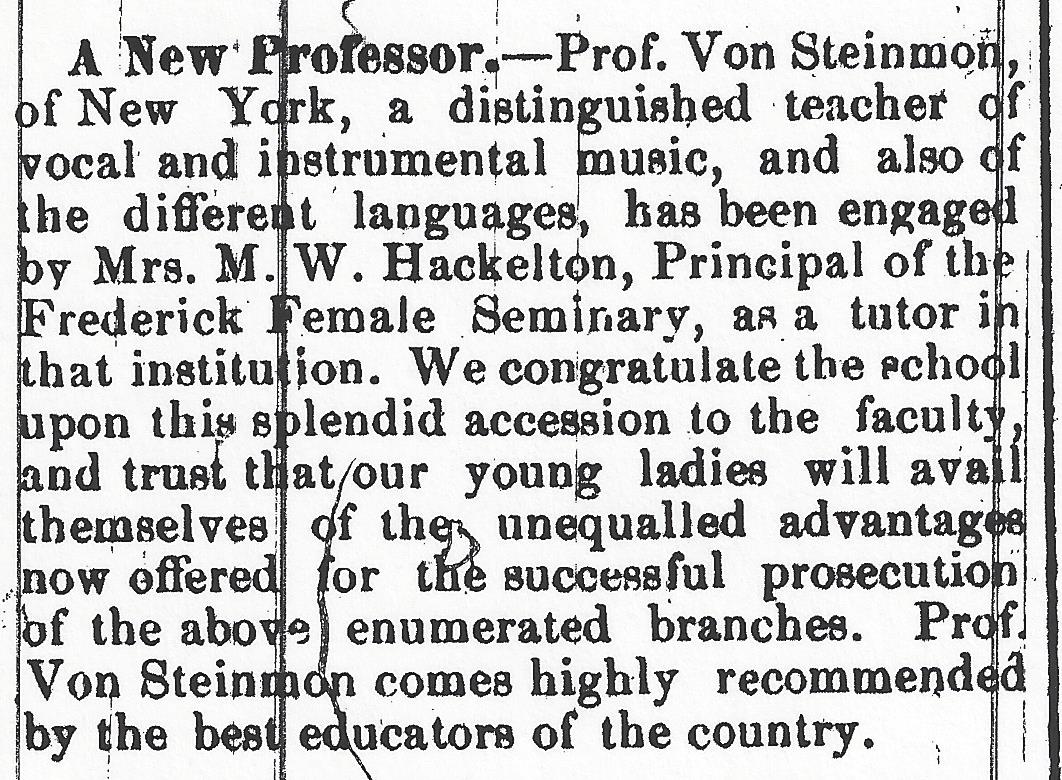
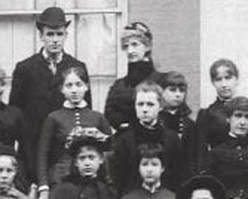
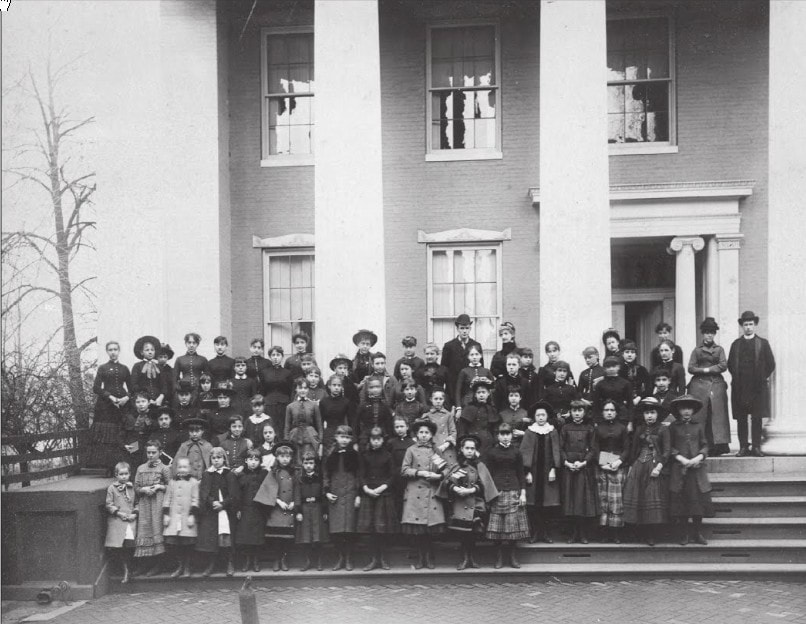
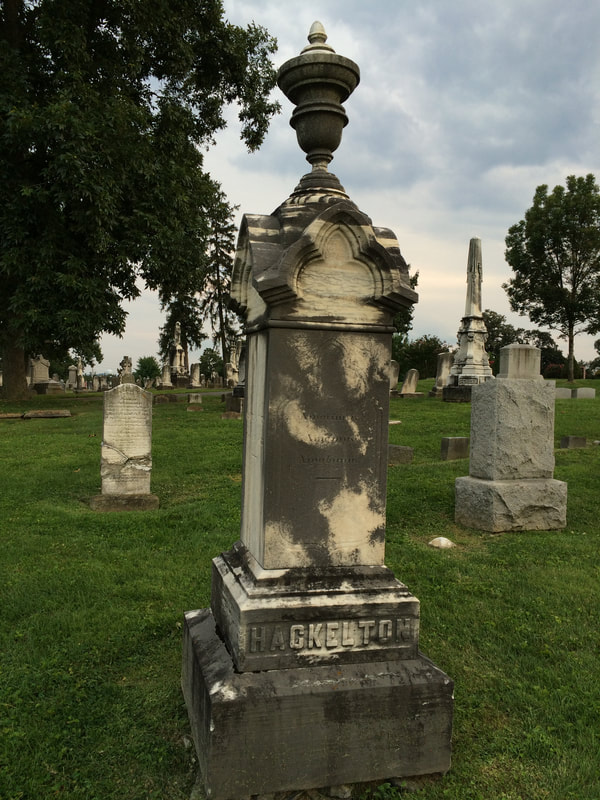

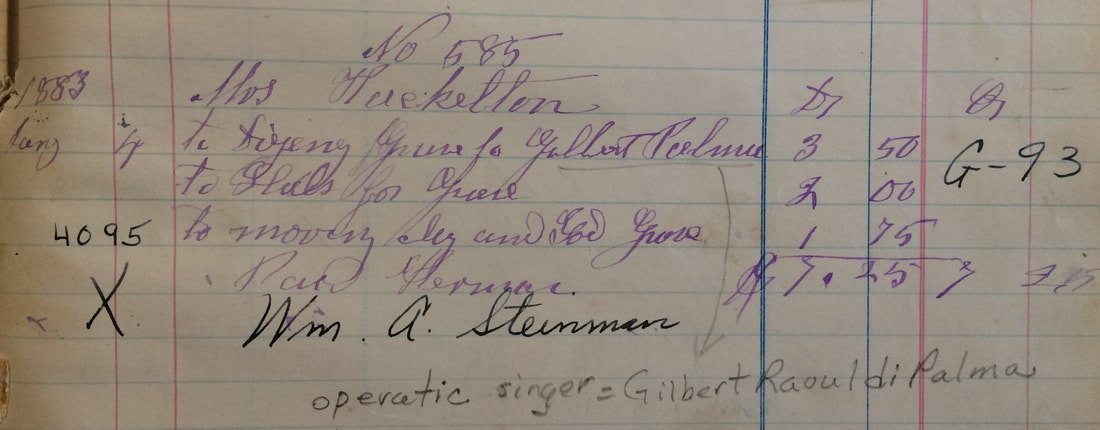
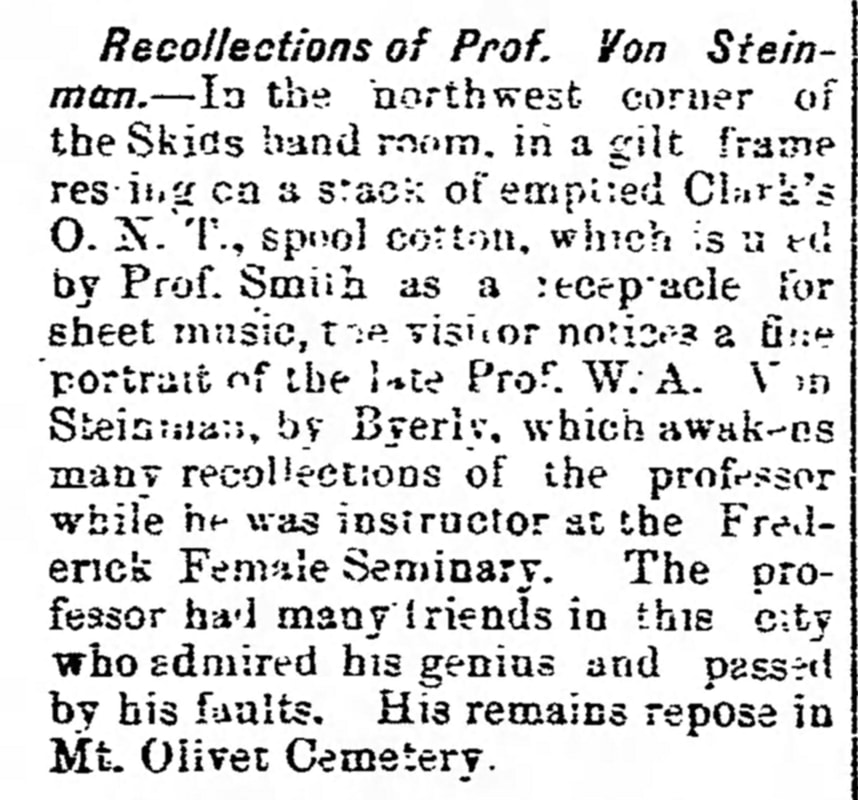
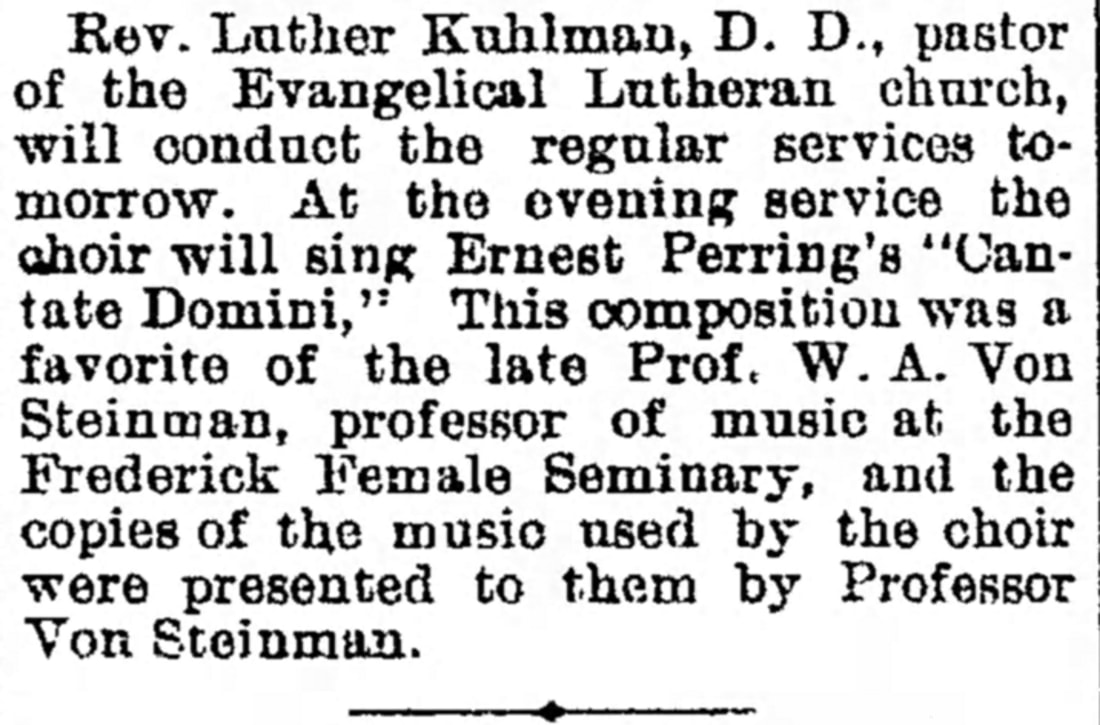
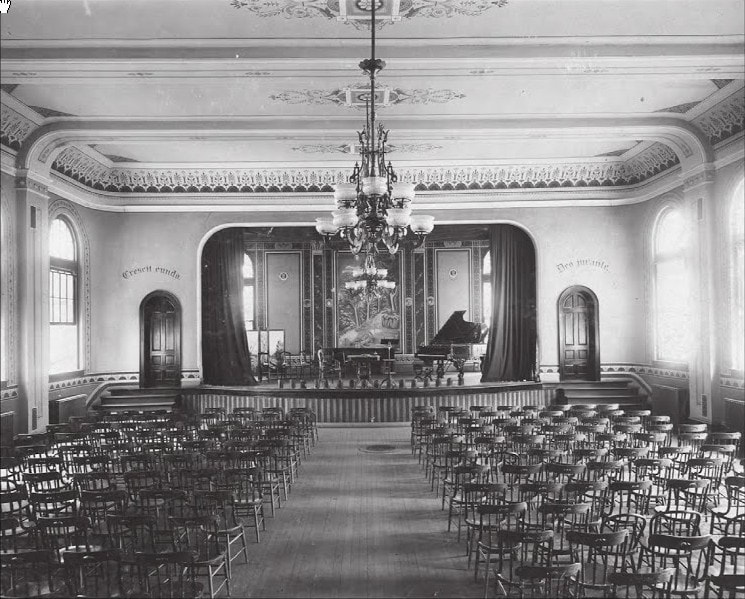
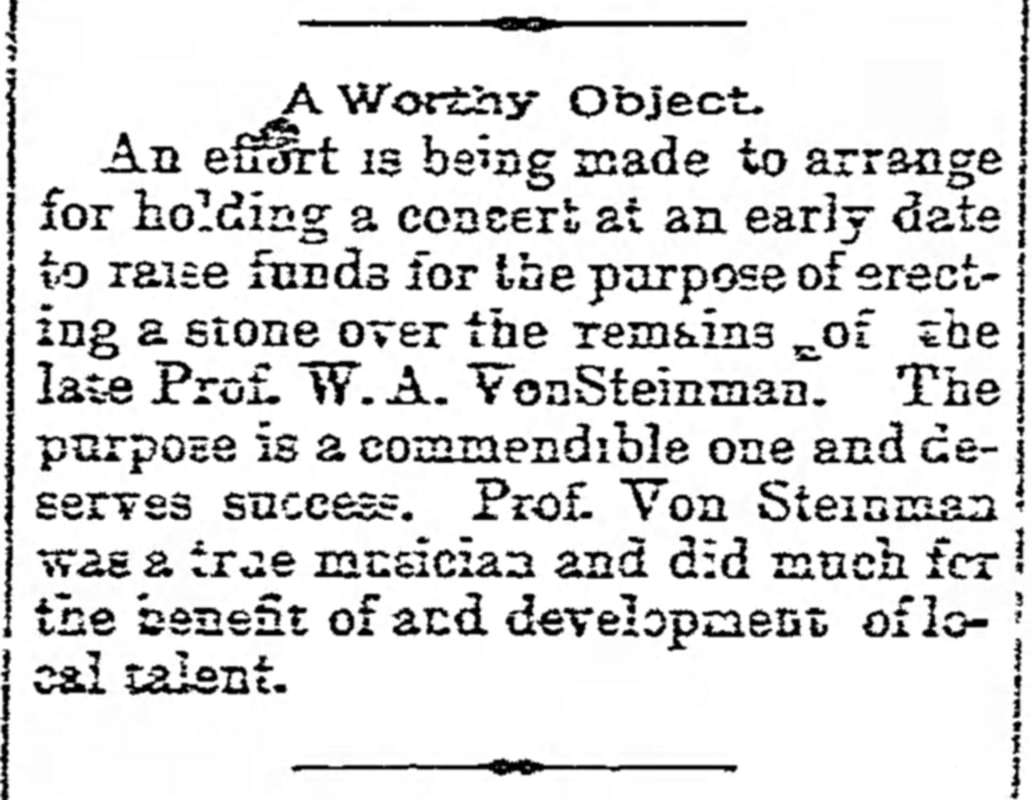


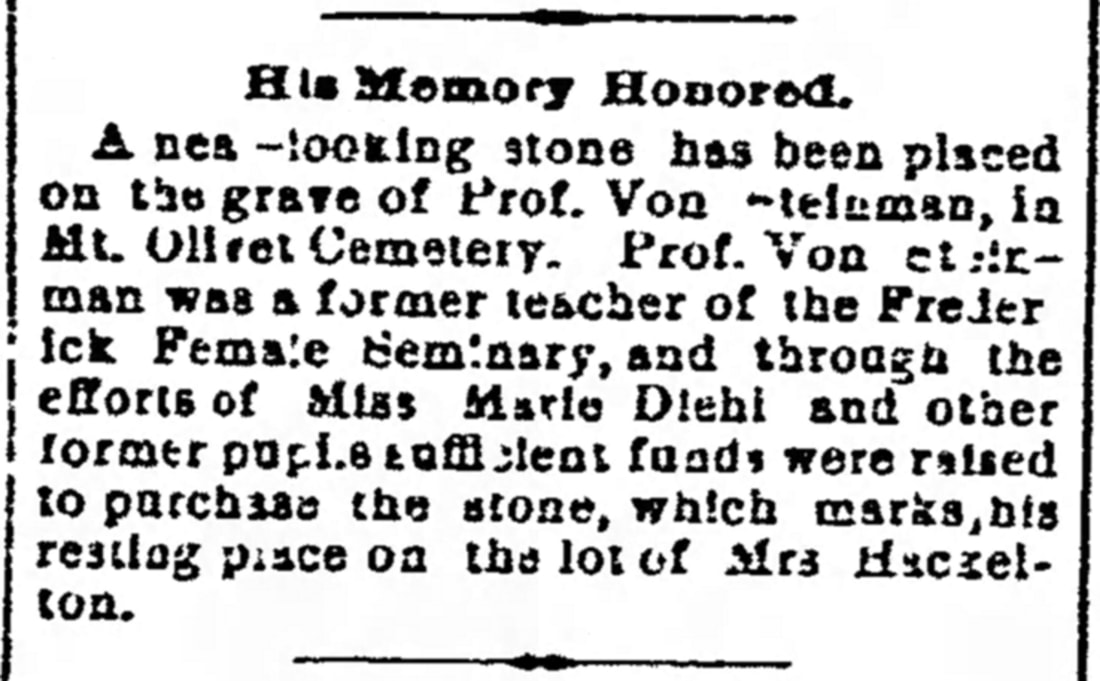
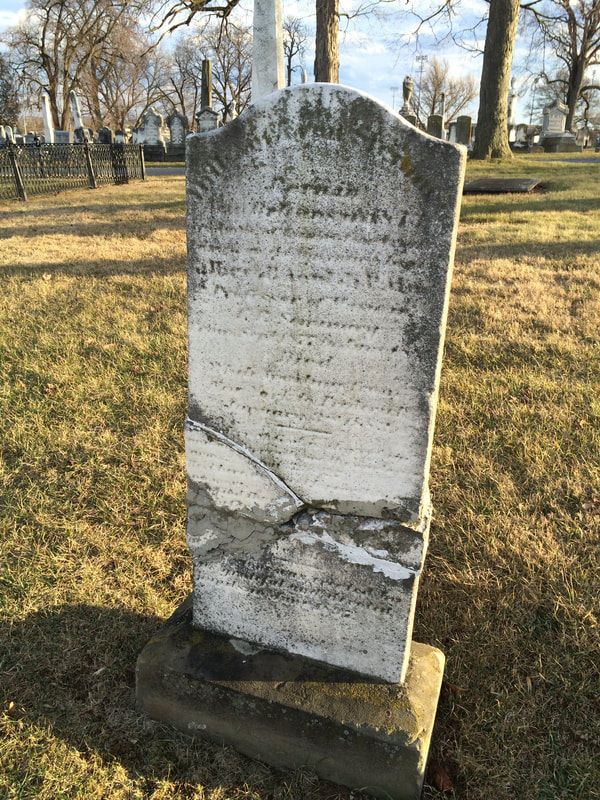
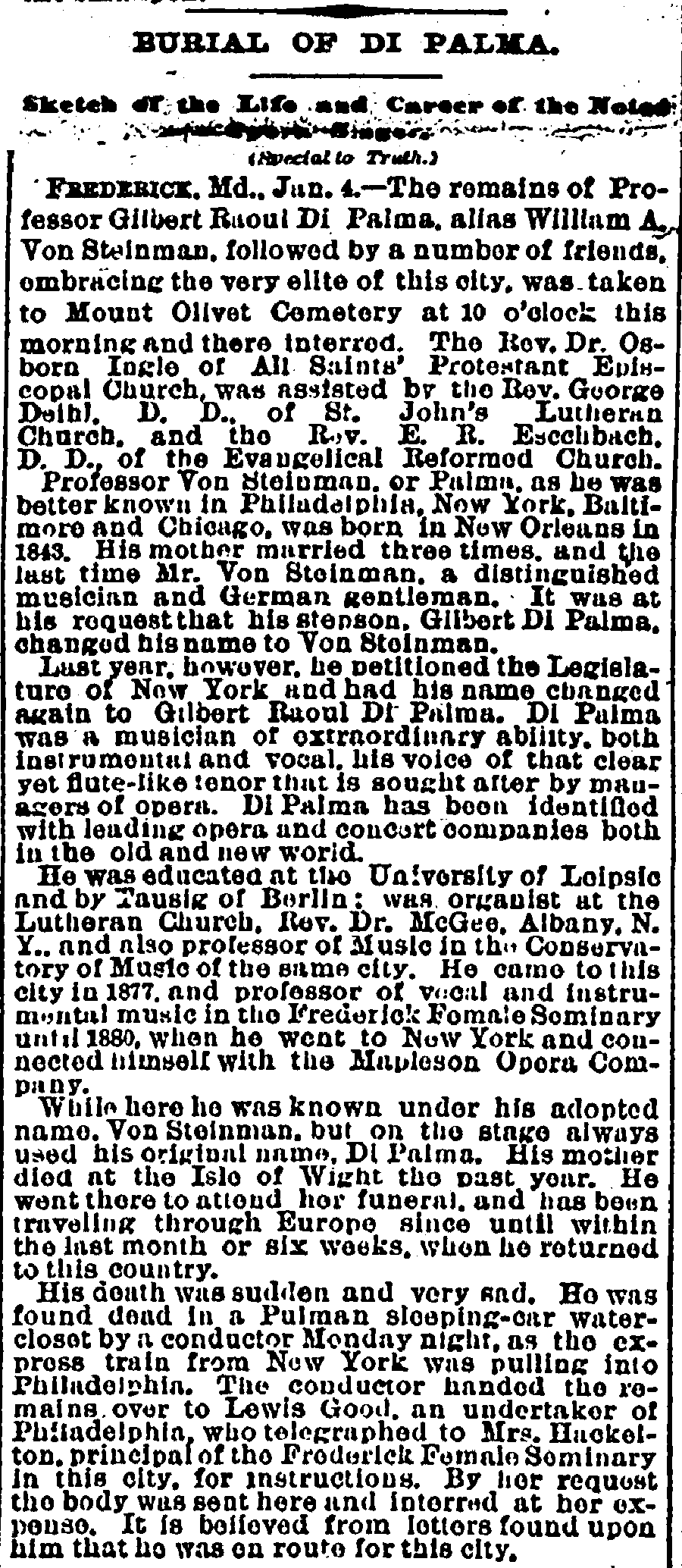

 RSS Feed
RSS Feed